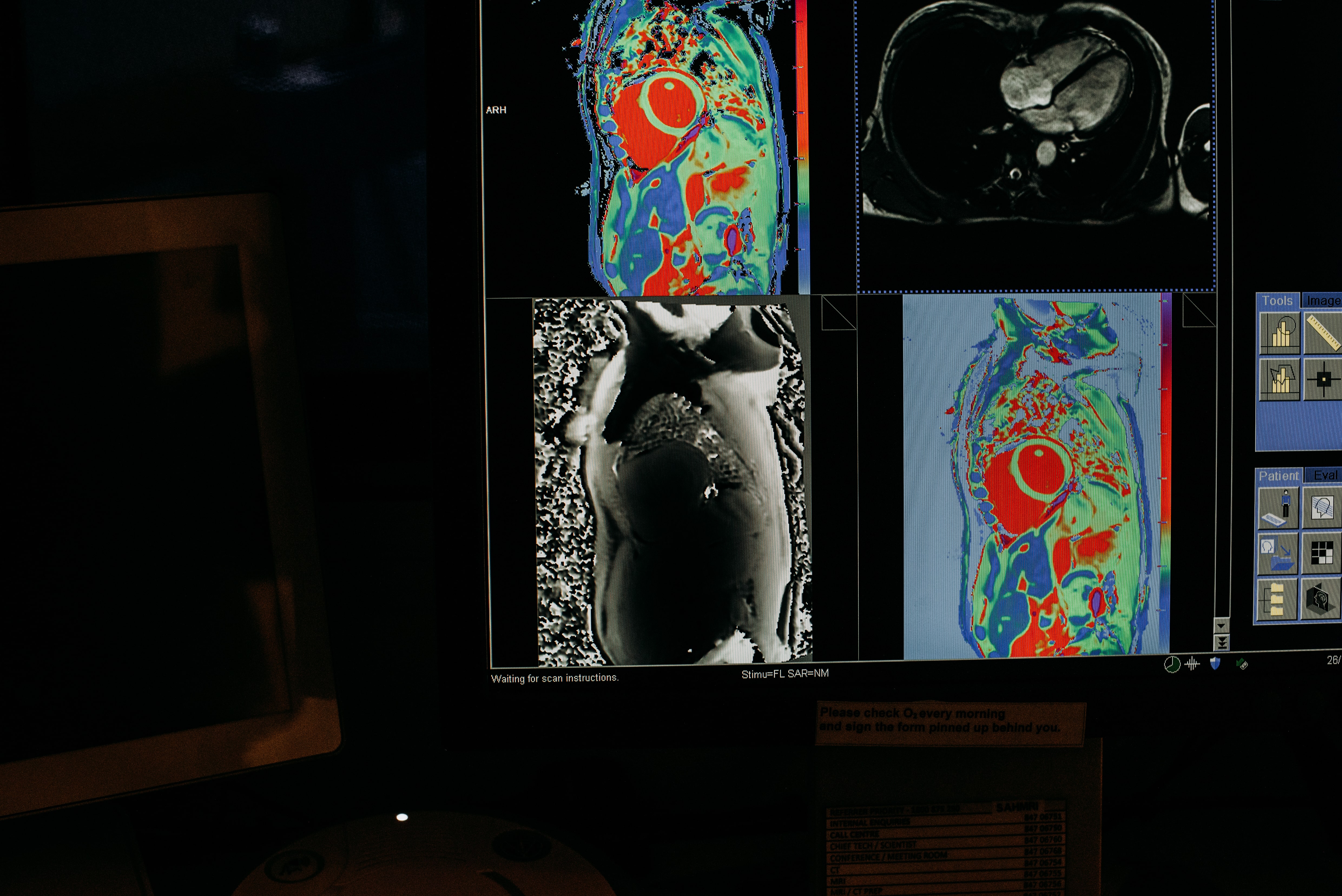Media release
From:
Researchers at SAHMRI are using specially designed nanoparticles to detect and help treat plaque build-up in arteries for the first time, offering a potential new approach to diagnosing and managing heart disease.
A study led by Dr Victoria Nankivell, recently published in Materials Today Bio – Elsevier has found that these nanoparticles are absorbed by immune cells in the arteries, where they work to lower inflammation and draw out harmful cholesterol.
"These nanoparticles don’t just detect arterial plaque in arteries, they can also suck it up and take it to the liver, lowering inflammation," Dr Nankivell said.
Heart disease is often caused by damage to artery walls from high blood pressure, smoking, and toxins, which allows bad cholesterol to accumulate and trigger ongoing inflammation.
The body's attempt to clear the build-up can have the opposite effect, worsening the problem, leading to more plaque and increasing the risk of heart attack.
The study used advanced imaging techniques to track the movement of the nanoparticles in pre-clinical models of heart disease. They were able to target inflamed plaques and significantly reduce both plaque size and inflammation.
"One of the key challenges in treating atherosclerosis is that inflammation fuels plaque build-up, creating a vicious cycle. Our nanoparticles help break that cycle, which could lead to better long-term outcomes for patients,” Dr Nankivell said.
In addition to their ability to shrink plaques, the nanoparticles have powerful imaging capabilities that allow for earlier detection of arterial disease. This could help cardiologists identify at-risk patients sooner and intervene with treatments before complications arise.
"What sets these nanoparticles apart is their ability to interact directly with immune cells in the arteries, drawing out cholesterol and helping the body process it more effectively," Dr Nankivell said.
Researchers are now exploring how these nanoparticles can be further developed for clinical use, with the potential to complement existing heart disease treatments and improve patient care.



 Australia; NSW; VIC; SA
Australia; NSW; VIC; SA


